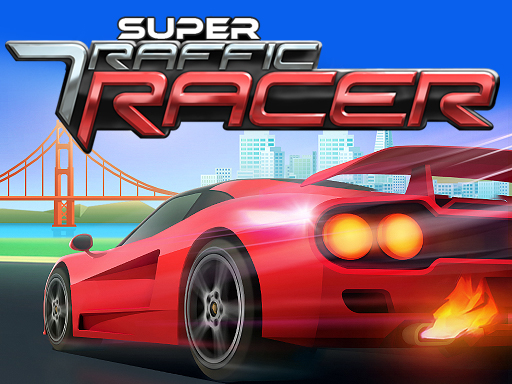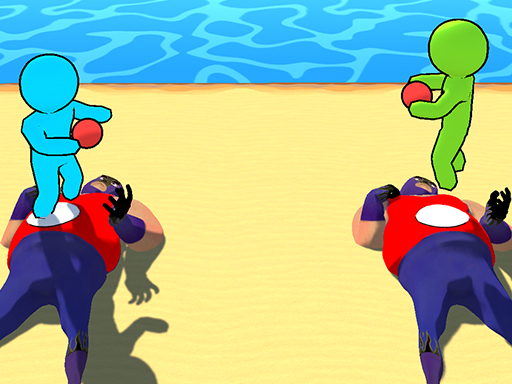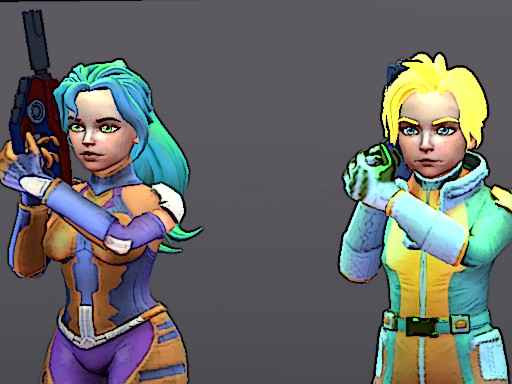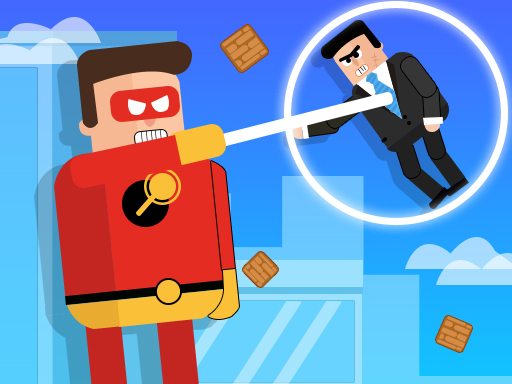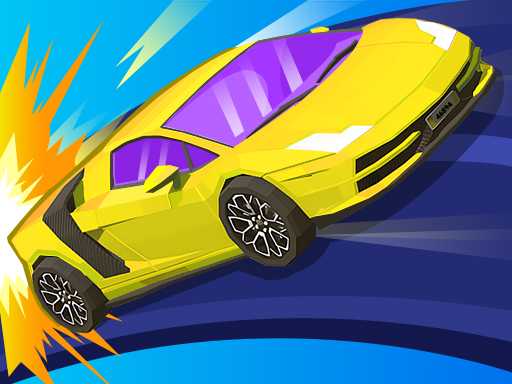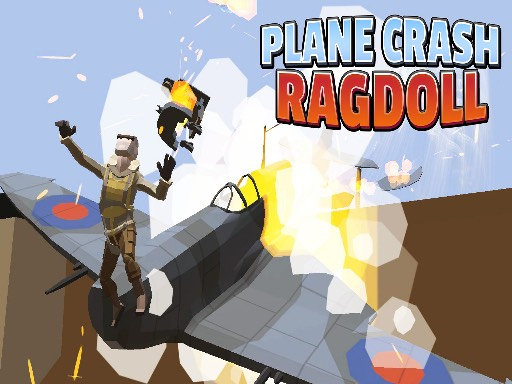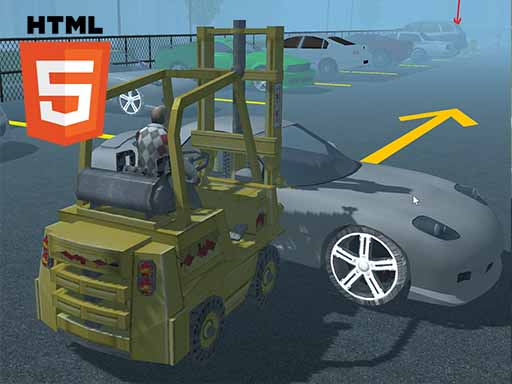HTML5 games have come a long way since their inception, offering a wide range of innovative mechanics, from physics-based puzzles to complex RPG systems. However, among these games, there are some truly weird and unconventional mechanics that stand out for their oddity, creativity, or just sheer strangeness. These quirky features often make HTML5 games memorable, quirky, and sometimes downright baffling. In this article, we’ll take a look at some of the weirdest game mechanics ever created in HTML5 games.
1. Gravity-Switching Platforms
Gravity is one of the most common mechanics used in many platformers, but some HTML5 games take it to a whole new level with gravity-switching mechanics that challenge your perceptions of how physics works in a game.
How It Works:
In these games, the player can control or interact with gravity, flipping the direction of gravity from the floor to the ceiling or side to side. The game world adapts to this new orientation, and the player must navigate through obstacles that are constantly shifting in response to gravity changes.
Example:
- "VVVVVV" (a well-known indie game that made its way to HTML5) is a great example where you control a character that can flip gravity, walking on the ceiling or floor, to avoid obstacles. The mechanic sounds simple, but the challenges become increasingly difficult as players must think in 3D space, flipping gravity in time with moving platforms and spikes.
Why It’s Weird:
This mechanic upends traditional platforming by making gravity a central gameplay element, requiring players to constantly adjust their expectations and reactions. It's a disorienting and strange experience, but it's also one of the most mind-bending features in HTML5 platformers.
2. Changing Time with Clicks or Taps
What if your character could only move, act, or survive depending on how you manipulate time? Some HTML5 games integrate time control mechanics where actions, like tapping or clicking, alter the flow of time.
How It Works:
In these games, the passage of time is directly linked to the player's interactions. By clicking or tapping the screen, players can slow down, freeze, or speed up time, giving them a chance to think and react at a slower pace or rush through obstacles with frantic speed. The timing has to be precise, or you’ll end up trapped.
Example:
- "Time Clickers" is a clicker game where tapping speeds up time, giving players more rewards. However, in "Super Time Force", players control multiple characters across different time zones, essentially rewinding, pausing, or fast-forwarding to ensure the success of each mission.
Why It’s Weird:
Time manipulation is a mechanic that defies conventional game mechanics by allowing players to essentially break the rules of time. Players can alter the pace of the game at will, turning seemingly ordinary gameplay into a surreal experience that blends strategy with precision timing.
3. Control Both the Character and the Environment Simultaneously
In some HTML5 games, the player not only controls the character but also has to manipulate the environment around them. These mechanics create unique challenges, as players must pay attention to both what their character is doing and how the world around them is interacting with the character’s movements.
How It Works:
In these games, the world itself becomes an active player. For example, you might need to rotate or move obstacles, interact with platforms, or use the environment to aid your character’s progress. Sometimes you have to drag or move things to clear a path or create a bridge while simultaneously navigating the character.
Example:
- "Shift Happens" is a cooperative game where players control two characters who can shift their size. The twist is that the environment also changes in size, creating puzzles where both characters must rely on each other to proceed.
Why It’s Weird:
Having to juggle both character control and environmental manipulation at the same time creates an incredibly complex and disorienting experience. It’s a bizarre combination that challenges your reflexes, spatial awareness, and multitasking skills all at once.
4. Playing with Reverse Controls
In some games, the player’s controls are reversed, flipped, or mixed up as a core mechanic. Instead of traditional inputs, you might need to move left to go right or jump to crouch. These mechanics are used to deliberately confuse or challenge players, creating a frustrating yet fascinating experience.
How It Works:
When a character or object is moving in one direction, the player's controls will be flipped in the opposite direction. For example, pressing the "left" arrow key might make your character move to the right, or pressing "up" could make your character move down. This creates a sense of disorientation and makes the gameplay more challenging.
Example:
- "Reverse World" is a platformer that uses reversed controls to create an odd sense of disarray. The game makes you retrain your muscle memory as you progress, turning basic platforming into a constant battle to remember which direction your controls actually make you move.
Why It’s Weird:
The reverse control mechanic plays with a player’s brain and reflexes, forcing them to rethink how they interact with the game. It turns simple tasks into a mind-bending puzzle where the player must retrain their instincts.
5. Controlling the Game's Music and Rhythm
Some HTML5 games incorporate music as an active gameplay mechanic, where the player is required to interact with or control the rhythm and beat of the music itself in order to succeed.
How It Works:
In these games, every action or movement is tied to the beat of the music. Players must synchronize their movements, actions, or attacks with the rhythm to score points or progress. Missing the beat can cause the game to punish the player or result in failure, making timing crucial.
Example:
- "Beat Hazard" is a popular HTML5 game where the gameplay is generated based on the player’s music. The enemies, challenges, and movements are all determined by the rhythm and tempo of the song being played. Players can also upload their own music to play the game.
Why It’s Weird:
Using music as a core mechanic ties gameplay directly to auditory cues, forcing players to actively listen and engage with the music to progress. This creates an immersive, almost hypnotic experience where the gameplay is rhythm-based and deeply connected to sound.
6. Bizarre Physics – Platforms That Break the Laws of Gravity
We’ve all seen games where objects and characters interact with basic physics—gravity pulls things down, collisions affect movements, etc. But in some HTML5 games, the laws of physics themselves are bent, twisted, or completely ignored.
How It Works:
In these games, the way objects or characters behave is completely nonsensical or unpredictable. For example, platforms might move in unnatural ways or characters could fly off the screen after bumping into seemingly harmless objects. The game mechanics don’t just feel weird; they actively break traditional rules of physics in strange, funny, or even frustrating ways.
Example:
- "QWOP", though not entirely an HTML5 game, is similar to certain browser-based games where characters move based on an unintuitive control system that mimics walking but is ridiculously hard to master. Similarly, "Happy Wheels" or "Worms" often have odd physics mechanics that result in hilarious, unpredictable outcomes.
Why It’s Weird:
This is weird because it forces players to contend with an ever-shifting, bizarre environment that may defy traditional expectations. Whether it’s flying objects or out-of-control characters, these physics-bending mechanics provide a chaotic and often amusing gaming experience.
Conclusion
HTML5 games have given rise to some truly oddball mechanics, often challenging our traditional understanding of how games should work. From gravity-flipping platforms to rhythm-based gameplay and time manipulation, these games push the boundaries of creativity and often force players to think outside the box. The weirdness of these mechanics might make them frustrating at times, but they also serve to make the games incredibly memorable. For those looking for something fresh, strange, and out-of-the-ordinary, HTML5 games with weird mechanics provide a wealth of unique experiences that you won’t find anywhere else.
